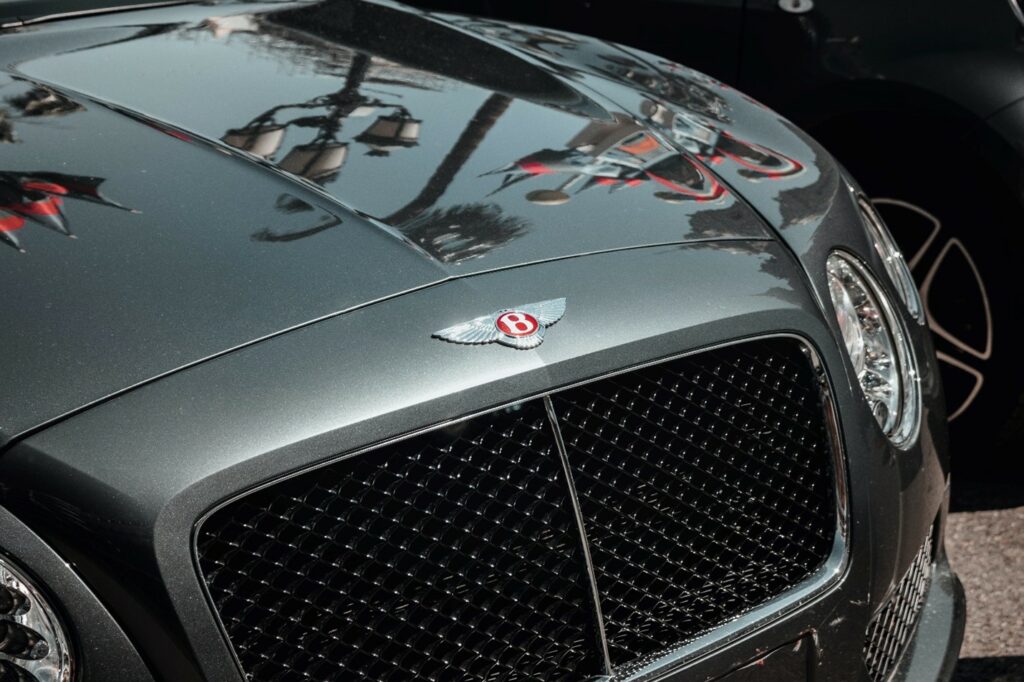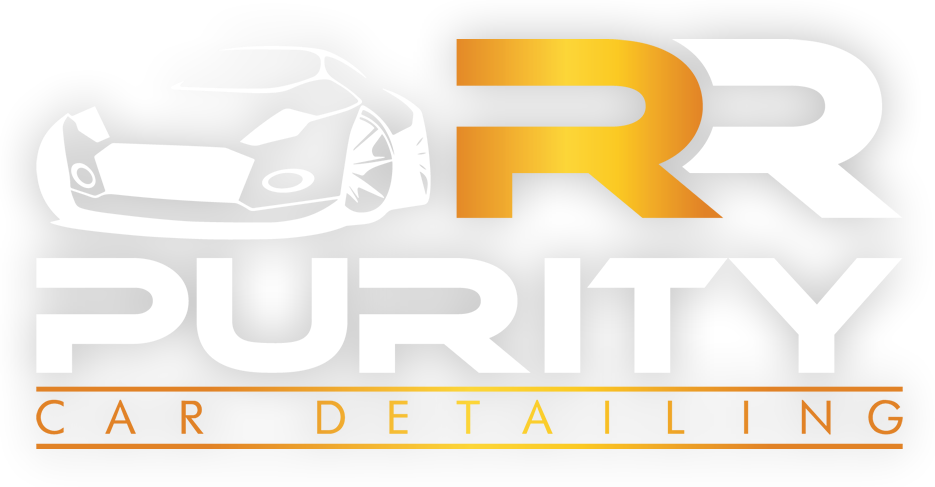How to Wax and Polish Your Car
Just like you, many individuals consider their vehicle to be an investment; you’ve spent money on it and now want to make sure it looks great and lasts a long time.
In terms of the latter, sticking to routines such as tire rotation and oil changes is important. However, periodically waxing and/or polishing your car is one of the most effective ways to keep it shining and turning heads.
However, car polish and wax are not the same things. This article will define the meaning of “polishing” and “waxing” and whether to polish or wax first. We’ll also discuss the steps of the two practices and how often you should do both.
Polish vs. Wax: Which Comes First?
Maintaining your car’s shine after a full wash is a primary responsibility. Aside from ceramic coating and PPF (Paint Protection Film), you might be thinking about whether you should polish or wax your car first or whether you should do both.
Some people are confused about which procedure is best for their car and frequently ask, “What’s the difference between waxing your car and polishing it?”
Car polish helps remove surface scratches, oxidation, swirls, dirt, and other minor imperfections. Thus, the polish should be applied before waxing since it helps restore oxidised auto paint. It does this by scraping a very thin layer of paint from the surface, reducing the look of scratches as they settle into the coat.
On the other hand, a car wax improves and protects the appearance of a car’s paint surface. After cleaning and polishing your car’s paintwork, it’s a good idea to apply wax to make it shine.
This is done by applying a protective coating to the painted surface, which smooths out swirls and scratches. Instead of removing a fine layer of paint like polish does, car wax coats the surface with a smooth covering.
To put it another way, polish removes impurities while wax smoothes them out. Now that you know which step should be done first, let’s look at how to polish a car and how to wax a car.
Step-by-Step Guide in Polishing Your Car
If you polish a car by hand
Step 1: Remove any objects that don’t need to be polished, such as decals from the area.
Step 2: Wash your car. Make sure that dirt and debris are removed. Rinse thoroughly with water and dry with a microfibre towel to get rid of moisture.
Step 3: Apply a tiny amount of polishing compound using the applicator pad. Keep a few extras on hand in case you misplace the pad, or it becomes too dirty.
Step 4: Start working in small sections, spread or rub the polish into the paint in smooth, circular motions.
Step 5: Use a clean microfibre cloth to wipe the remaining residue.
If you polish a car with a rotary polisher
One of the best ways to polish a car is by using a machine polisher.
Step 1: Before you use the car polisher, the first thing you should do is clean everything by washing and rinsing it thoroughly with water. Any dirt or debris left on the paintwork may cause it to scratch even more.
Step 2: Do not dry the car. Even the slightest moisture on your paint can prevent any sort of polish from bonding evenly.
Step 3: Apply about 10 small drops of polishing compound on the polishing head and then spread it throughout the paintwork to be polished.
Step 4: Spread the polish compound around the area you’re working on using the rotating polisher. Set the speed to slow for gentle application.
Step 5: Keep the spinning wheel as near to the surface as possible. Exert even pressure to the paintwork while moving, and lightly press down on the buffer so that the paint and the buffer are not damaged.
The clear coat on the car will heat up and become warm to the touch. Scratches and other damage will start to fade at this point. When the polishing compound is absorbed by the car and the residue has been removed by the pad, the newly polished paint will finally show. As soon as this happens, move to a new section and repeat the process.
Step 6: The polishing pad may become caked with polish and other dirt as you move from section to section. It is best to rinse the pad after each section or two to eliminate all the residue and dust that has accumulated on the pad surface.
Step 7: Slowly move the buffer over the section to create a haze effect. It’s possible that you’ll need to check sections more than once.
Step 8: After that, rinse and wash your car with a polishing microfibre towel to remove any remaining residue.
Make sure you don’t skip these steps as you polish your car. At RR Purity, we polish a car and fix those unattractive scratches that have been bugging you. Using a machine polisher, we can remove several flaws, such as swirl marks and surface defects from your car.

Step-by-Step Guide for Perfect Car Waxing
Step 1: Before applying wax, either take your car to a car wash or wash it yourself. It’s important to start with a clean car since any dirt or dust left on the surface will scratch the paint’s top layer while applying the wax.
Step 2: Apply a few drops of wax straight on the waxing pad, which is enough for two coats for complete coverage. It’s crucial to start with a small amount of wax paste or liquid paint sealant for both. The pad will become more saturated with substance as you continue to wax the vehicle, so you won’t need to apply as much wax at first.
Step 3: Apply the wax using a circular motion.
Start with one section of the car and work your way to the next. The front bumper panel, which is positioned on both sides of the automobile above the front wheels and continues to the front of the vehicle, is an excellent place to start. From here, you’d go around the vehicle, finishing each section until it was completed.
It’s ideal to wax your car in sections, so you remember where you put the wax, and the wax doesn’t remain on the car for too long and dries out. When you keep wax on your car for an extended period, it becomes hard to remove. It won’t harm your car’s paint, but it will make wax removal extremely time-consuming and difficult.
Step 4: Remove the wax from your car’s surface with a microfibre towel, chamois, or other soft fabric. Begin with a light pressure and rubbing it in a circular way to wipe off the excess wax.
After the visible wax has been removed, buff the car with a mircrofibre towel or foam applicator pad in a quick circular motion to enhance the gloss and lustre. The surface of your car should be glossy after the wax has been removed.
However, if you’re not satisfied with the benefits of car waxing, you may opt for a Paint Protection Film, which can offer incredible protection to your car. Check out our article – What is Paint Protection Film (PPF)? – for more information.

How Often Should You Wax a Car
There is no definite answer when it comes to how often you should wax your car. In certain circumstances, once or twice a year is enough.
Others require waxing every three to four months or when the seasons change. Elements such as rain, snow, street salt, UV radiation, bird droppings and tree sap are also factors to consider when determining how often you should have your car waxed.
The intensity of the environment in which the car is parked or stored has a lot to do with the time interval as well. Waxing is necessary less frequently for vehicles that are stored in climate-controlled garages. Vehicles parked outside the house or on the street and exposed to severe winter weather or year-round direct sunshine require more regularly scheduled waxing.
On top of that, applying wax is an essential part of maintaining a car’s exterior in the finest possible condition while keeping its worth.
Conclusion
One of the nice things about car polishing and waxing is that it’s the easiest way to achieve significant results quickly. So, when you notice potential issues such as scratches and swirls, you should take immediate action to restore the shine of your car.
You can use a car machine polisher or polish your car by hand. If you don’t have prior knowledge and competence with some types of machine polishers, you could end up causing more harm than good. Overall, if your paintwork requires a thorough polish, machine polishing will provide far better, faster results.
For more enquiries on machine polishing or other car detailing topics, you may check out RR Purity’s services to find solutions to your needs. We can professionally handle the machine polishing for you to the highest possible quality. Contact us today.

